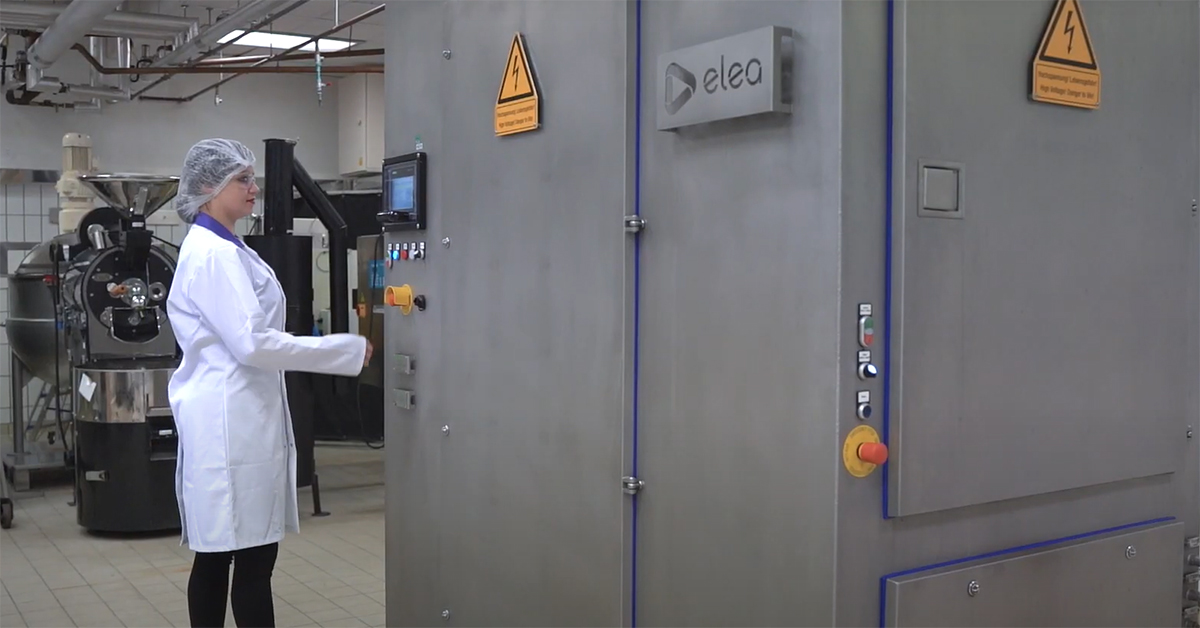
Grain steeping throughput and water usage – the impact of pulsed electric field technology
19 December 2023 | Alicja Staskiewicz, Pilot Plant Technologist
Pulsed electric field (PEF) processing uses high voltage fields to generate pores in cell structures. Its applications offer a range of benefits, including higher product yield, prolonged shelf-life and preserved colour in juices, improved extraction and product preservation, to name a few.
Apart from already known effects and uses, there are other applications of PEF worth researching to unlock their benefits. Extraction is an example of an existing application, whereby PEF-induced holes in cells facilitate a higher extraction yield. We wanted to research whether this capability can be used in reverse, i.e. to increase uptake of moisture. Specifically, we looked at beer production.
The process of making beer differs slightly depending on the flavour profile and properties desired. However, the basic and elementary steps remain similar. The malting step includes barley wetting (steeping), germination and drying to produce malt, which is used in the onward steps of mash extraction and boiling, followed by fermentation, maturation and filtration.
Whilst beer production has undergone many improvements in its history, targeting better product quality and more efficient production, positive progress and research still continue. This includes exploring new and emerging technologies to increase productivity and save energy, without any negative impact on final product quality.
We have conducted research into the impact of pulsed electric field technology on the steeping and subsequent germination of barley grains for malting.
Steeping
We recently carried out a research project to explore the impact of PEF technology on water uptake in PEF-treated barley grains during the steeping stage of brewing processing.
The study revealed significantly higher moisture percentage in barley grains which were PEF-treated compared to control grains (no PEF treatment). The water absorption was also faster, with control grains taking longer to achieve a 42.2% moisture content.
PEF has the potential to speed up the steeping process and could reduce water use if a second steep could be avoided.
Germination
We explored the barley grain steeping impacts further to assess whether the PEF-treatment (to improve steeping water uptake) also had an unwanted impact on barley grain germination, which must be halted before it progresses too far.
No clear impact of PEF treatment was observed on barley germination after steeping, based on the numbers of grains showing sprouting after specified time periods.
Our results demonstrate the potential for PEF processing to increase malting speed and throughput, and has some potential to reduce malting water consumption, all without impacting germination.
Members can see the full details, findings, and conclusions via the R&D report. This covers the barley steeping and germination studies addressed here, as well as a related study on the impact of PEF on microbial inactivation in wheat grains.
Explore PEF benefits for your processes and products
We are keen to explore various established and new methods of utilising non-thermal technologies within food and drink manufacturing. With a wide range of available equipment on site, we are able to support businesses in exploring how different technologies can potentially benefit in their processing.
We can support food and drink businesses in exploring both existing and emerging applications of PEF for their product application.
Get in touch if you would like to know more about this fantastic technology and to see what potential benefits PEF could bring to your business.
How can we help you?
If you’d like to find out more about how PEF could optimise your processes, contact our support team to find out how we can help.
Are you a Campden BRI member who attends the MIG meetings?
- If not, you’re missing out on a whole host of exclusive benefits such as learning from industry-leading experts and networking with peers to overcome your challenges.








